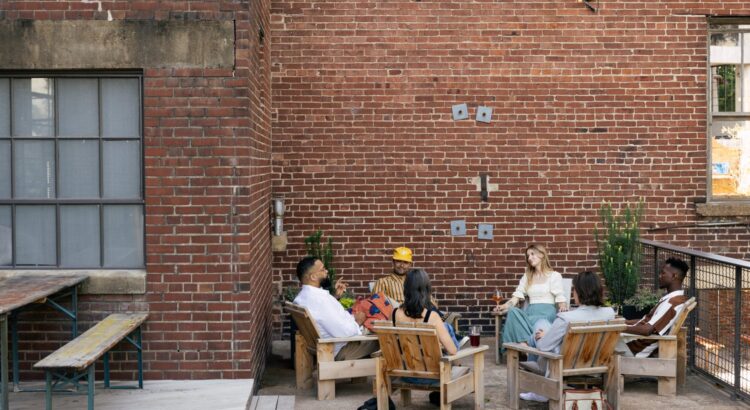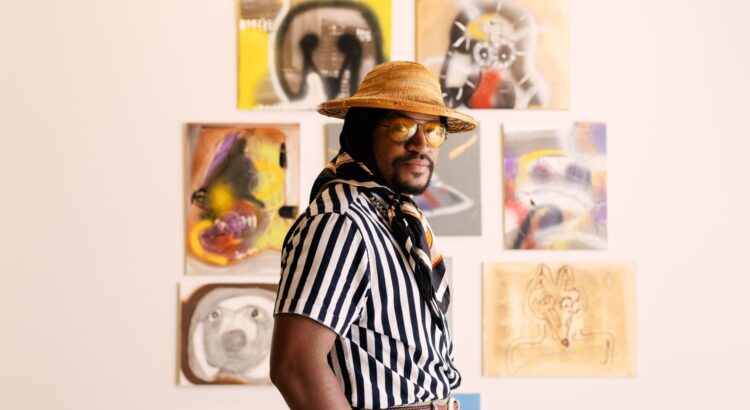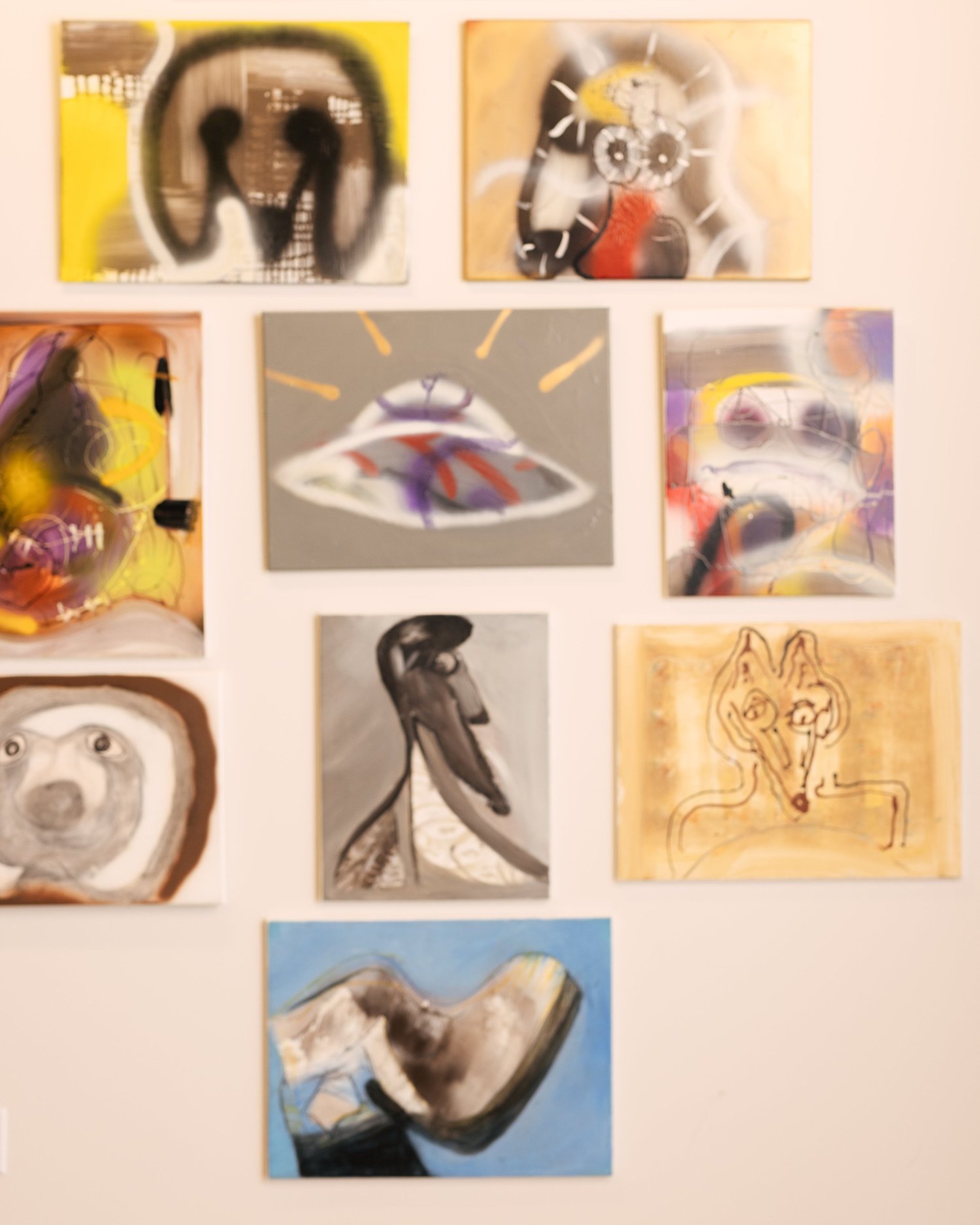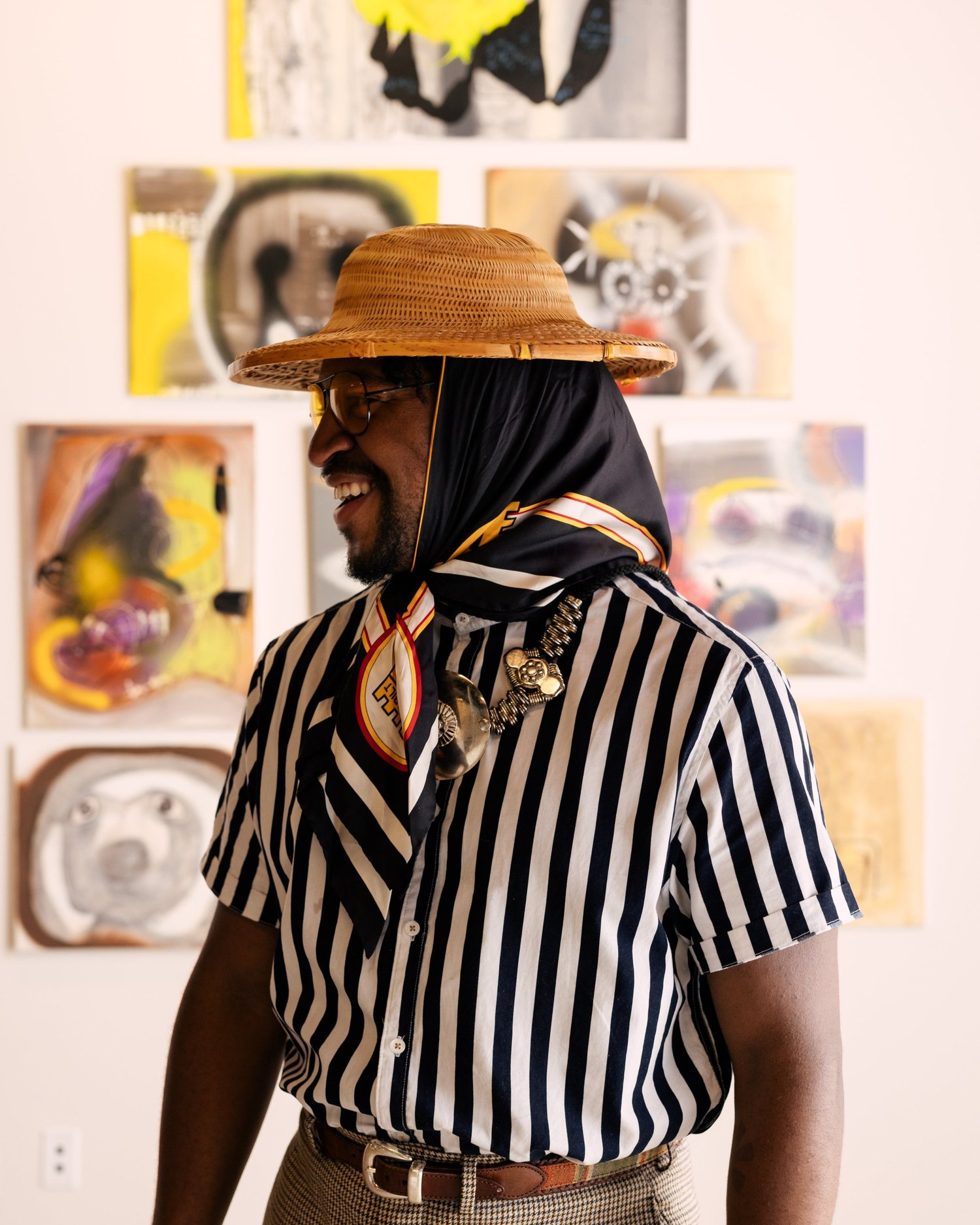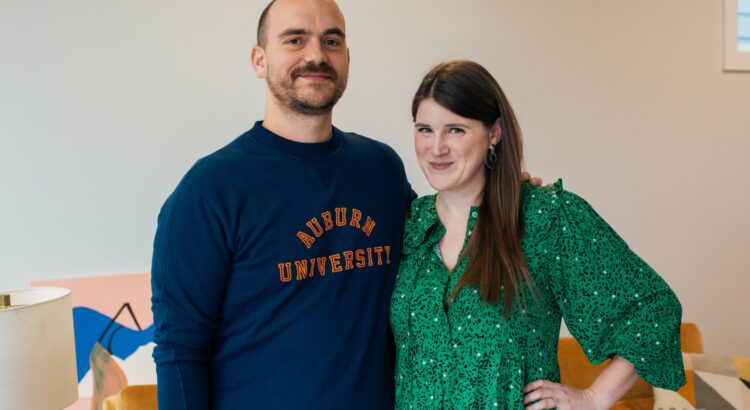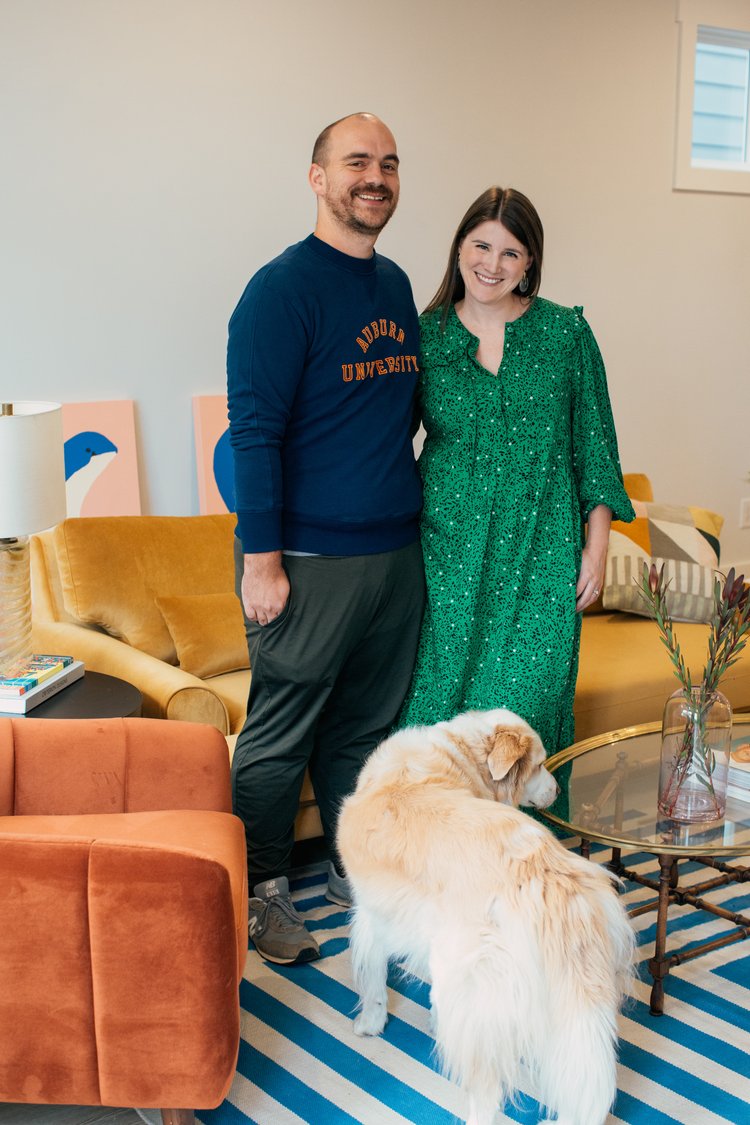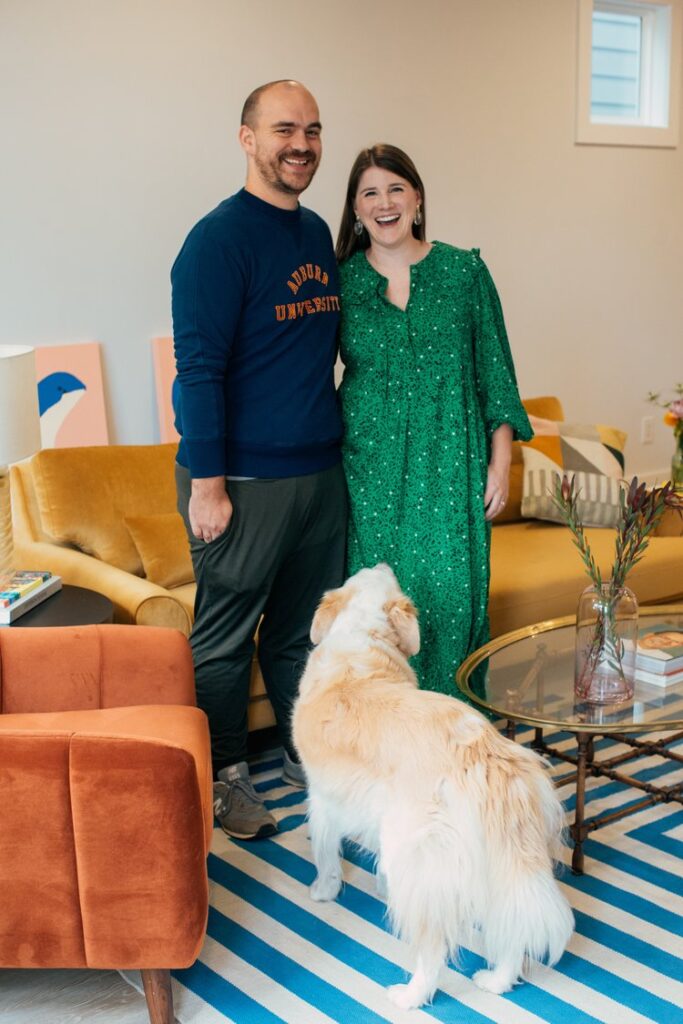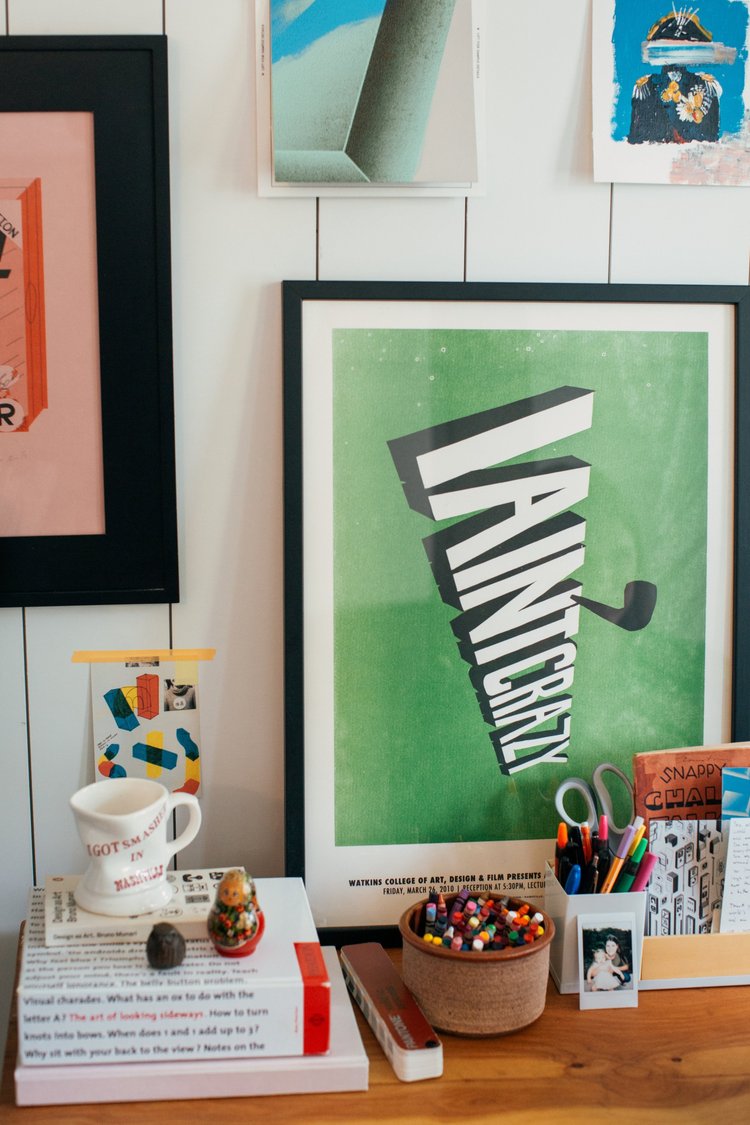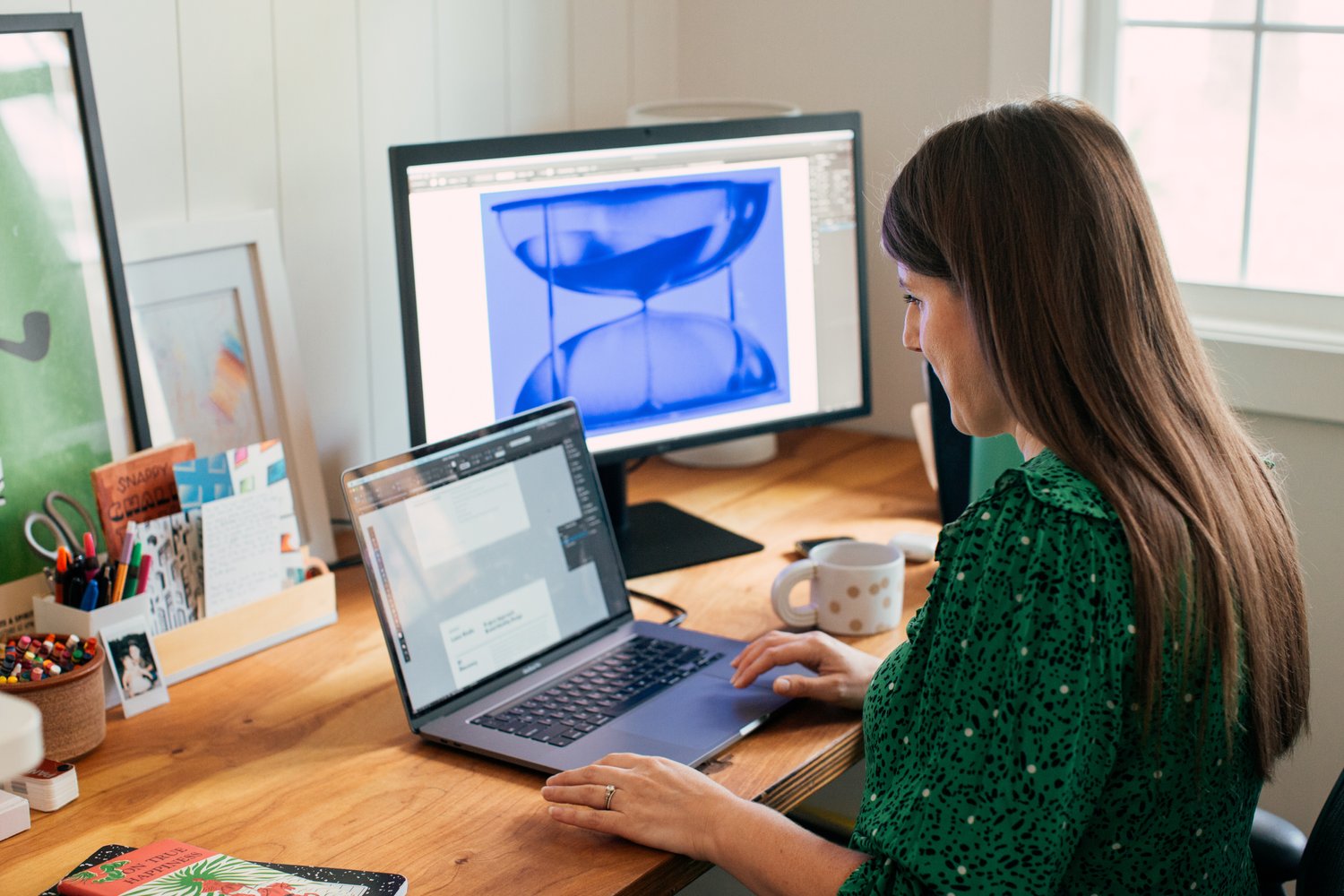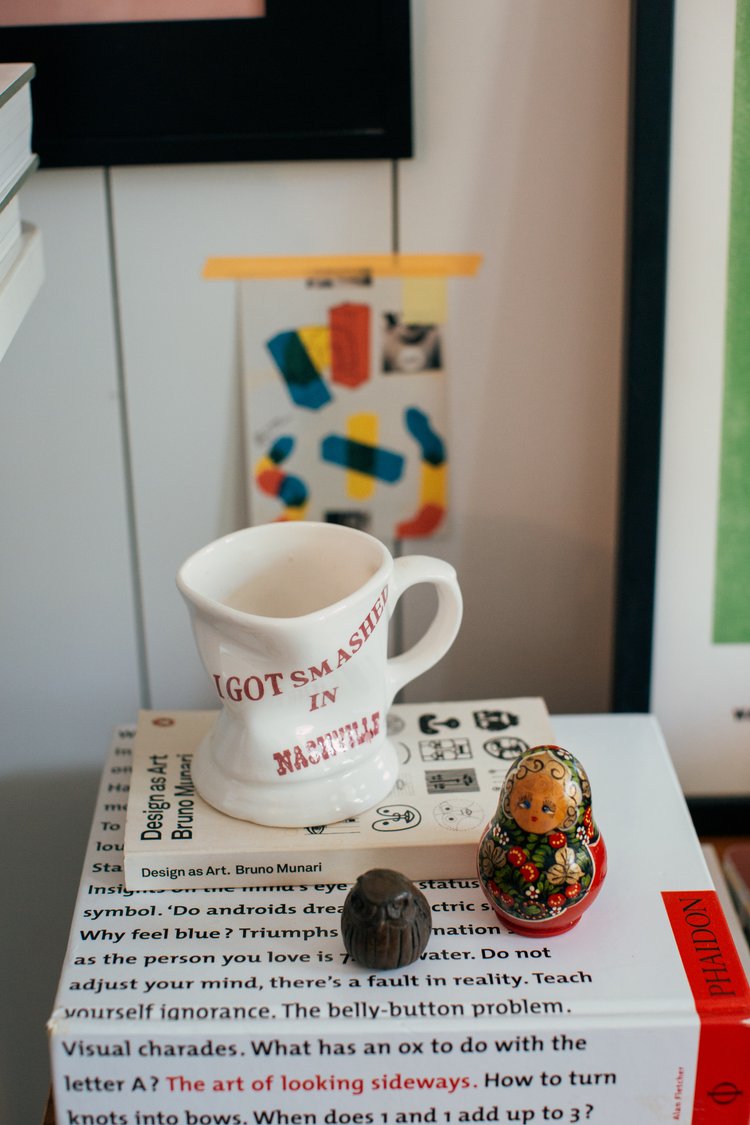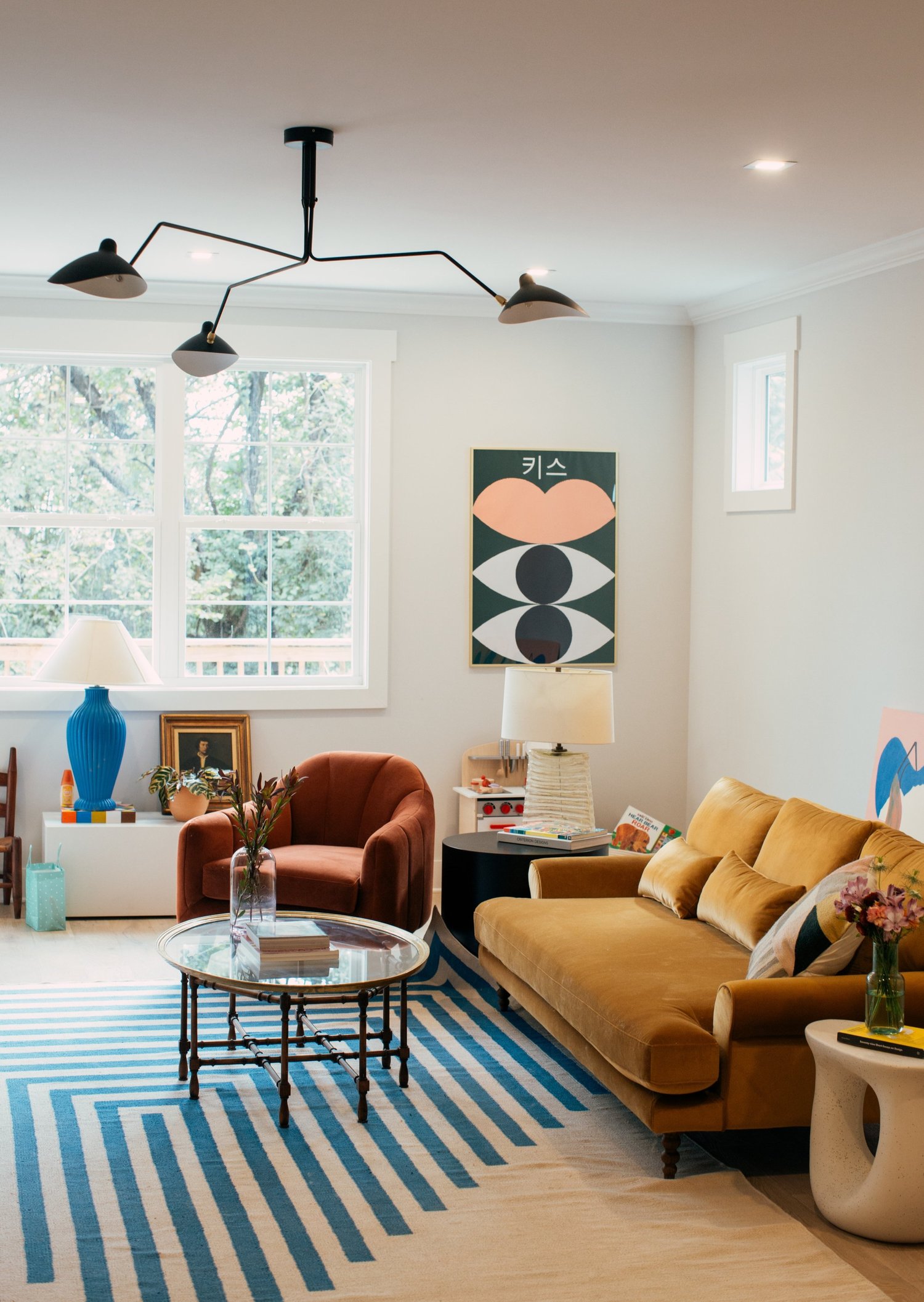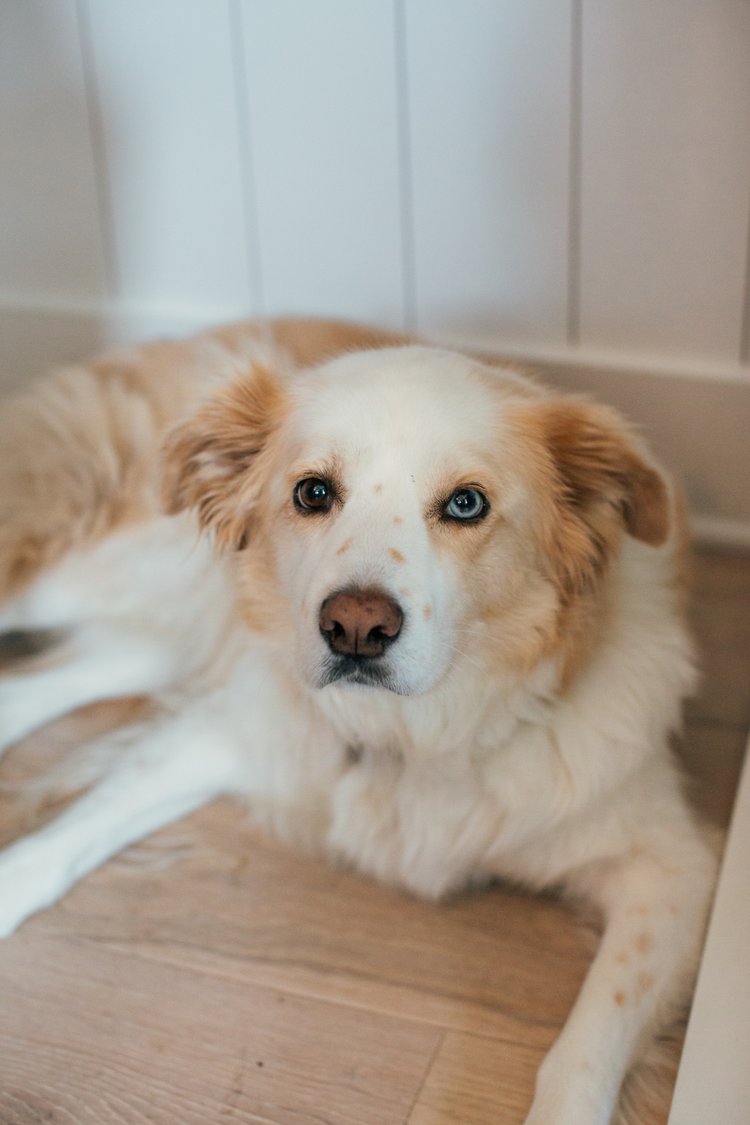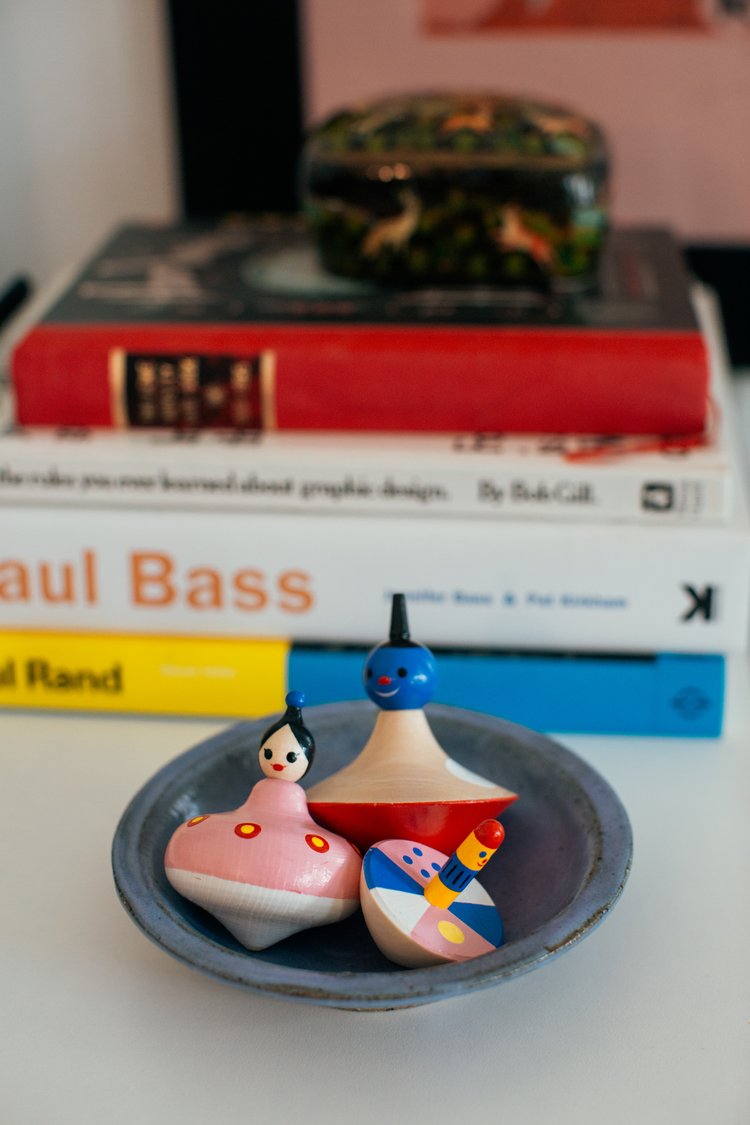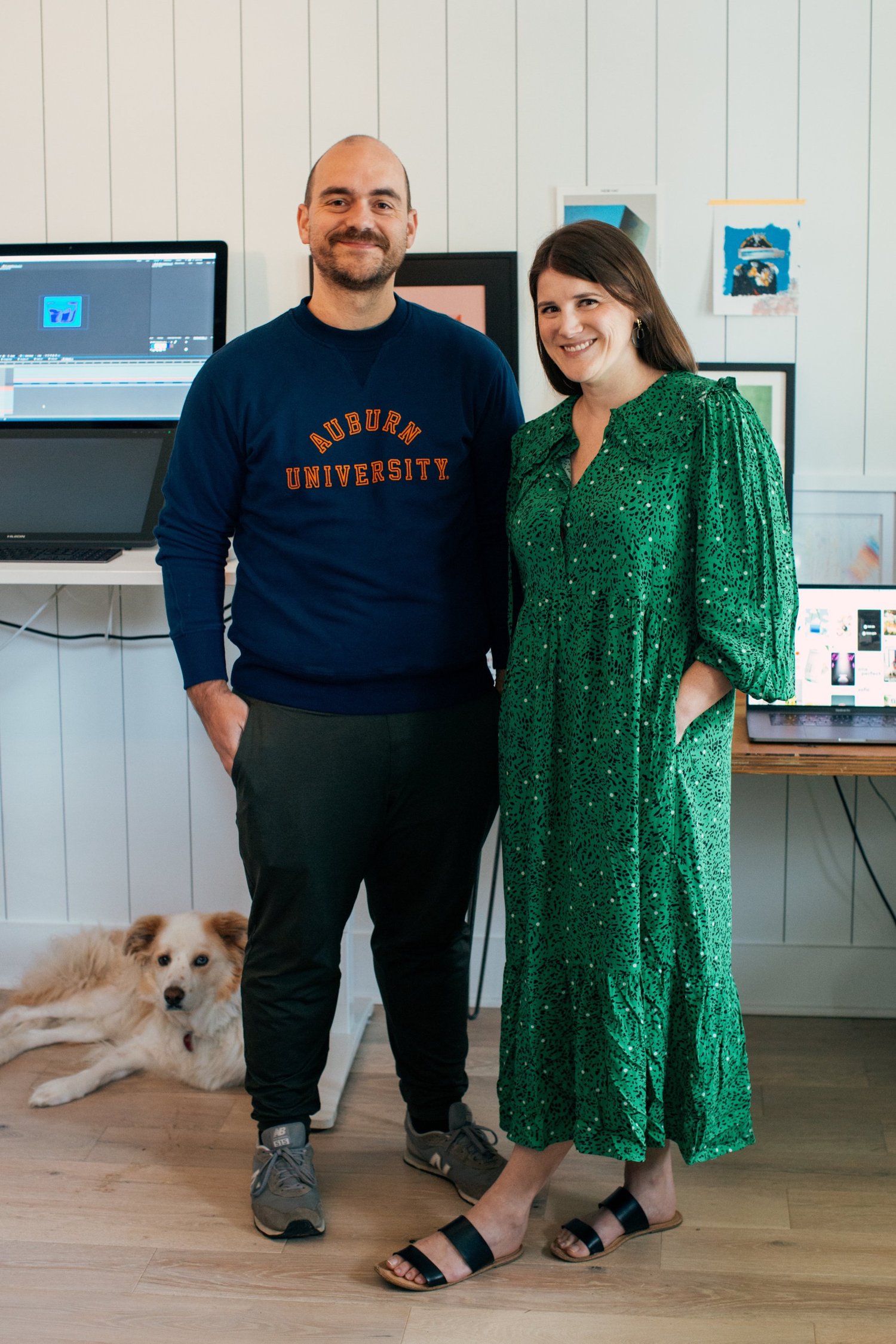Story By: Veronica Foster
Featuring: LeXander Bryant, Kelly Diehl, Emmanuel LeGrair, Ethan Summers & Elizabeth Williams
Nashville Design Week 2022
Come sit around the proverbial fire with us, as I share the story of how five creatives in different disciplines found each other and created something beautiful.
When you see a final editorial photograph, maybe you don’t think about the story that led to the fashion, artistic direction, and overall mood of the piece. However, when you see the photo of Emmanuel LeGrair amidst a myriad of patterns leaning not-so-casually under an ominous looking security camera, you might just pause to wonder. Where is this beautifully juxtaposed backdrop? How were these fabrics so artfully placed along this chain-link fence, and why does it work so well?
“it so magically came together because we just so easily trusted each other. It was so conceptually and strangely rich.”
If you weren’t curious before, I welcome you to sit around the proverbial fire with us, as I share the story of how five creatives in different disciplines found each other and created something beautiful.
I was getting ready to meet the Fabulous Five, as I’ll refer to them, at Monday Night Brewing in Germantown, so I set us up in a circle where I could get the full effect of the collaborative energy. The temperature was a perfect 80 degrees with a slight breeze in the shade, and in that moment, I knew this would be a special conversation.
LeXander Bryant arrived first, and I was already inundated with how effortlessly cool this group was about to be. LeXander is a photographer and visual artist, and if you didn’t know him before this year, you would absolutely recognize his name from his recent show, FORGET ME NOTS, at the Frist Art Museum. Ethan Summers, owner of clothing brand Oil + Lumber, arrived next with an electric smile on his face. I actually got to witness Ethan and LeXander meeting for the very first time despite being two integral pieces of this collaboration.
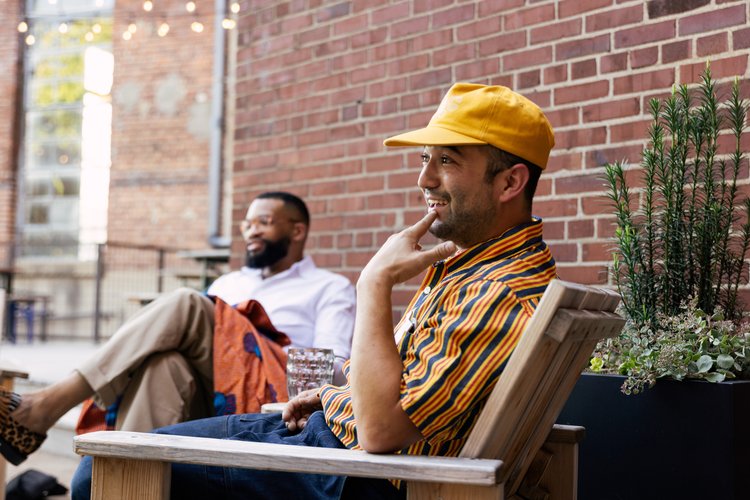
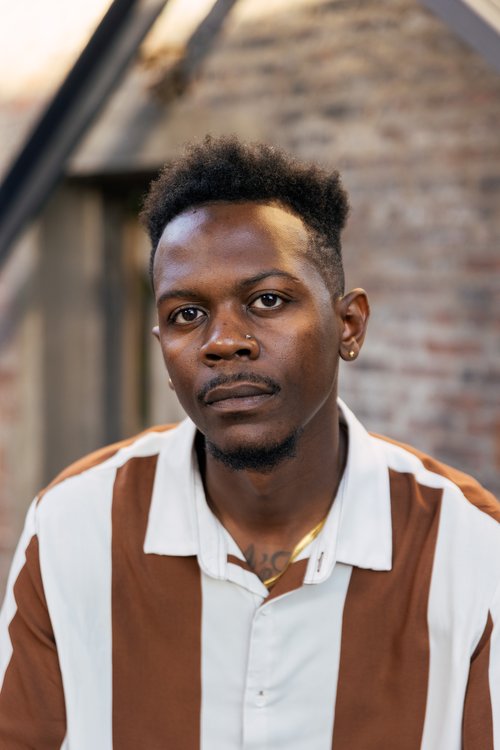
Manny LeGrair, stylist and Programming Design Director for Nashville Design Week, walked up in a fresh white button down, but everyone’s eyes in the circle were looking at the kimono draped demurely over his legs. The surface design duo that makes up New Hat Projects, Kelly Diehl and Elizabeth Williams, each arrived a few minutes late completing our circle. Each member of this Fabulous Five was effortless, warm, and full of joy when we sat down for our conversation. So, now that we’re all together, I can finally share the story about the unique collaboration behind that mysterious photograph.
It all began 5 years ago with a meet-cute at the closing party of the inaugural Nashville Design Week. It was a block party setting where creatives, including Kelly and Elizabeth, had pop-ups displayed to showcase their work. Manny recalls showing up at their table and introducing himself as a fan of their work. He shares, “They had this concrete linked necklace on display that I was fawning over. It was probably not meant to be worn, but I just started talking to them and decided to put it on my person. That was the moment that kind of solidified my weirdness with them that would become our friendship”.
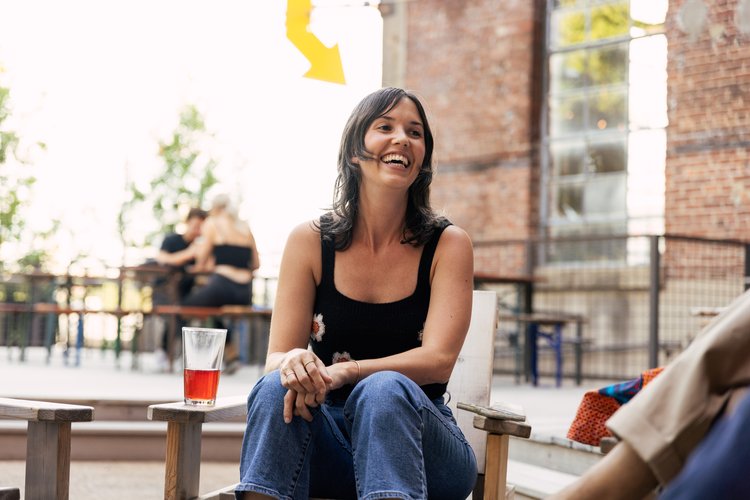
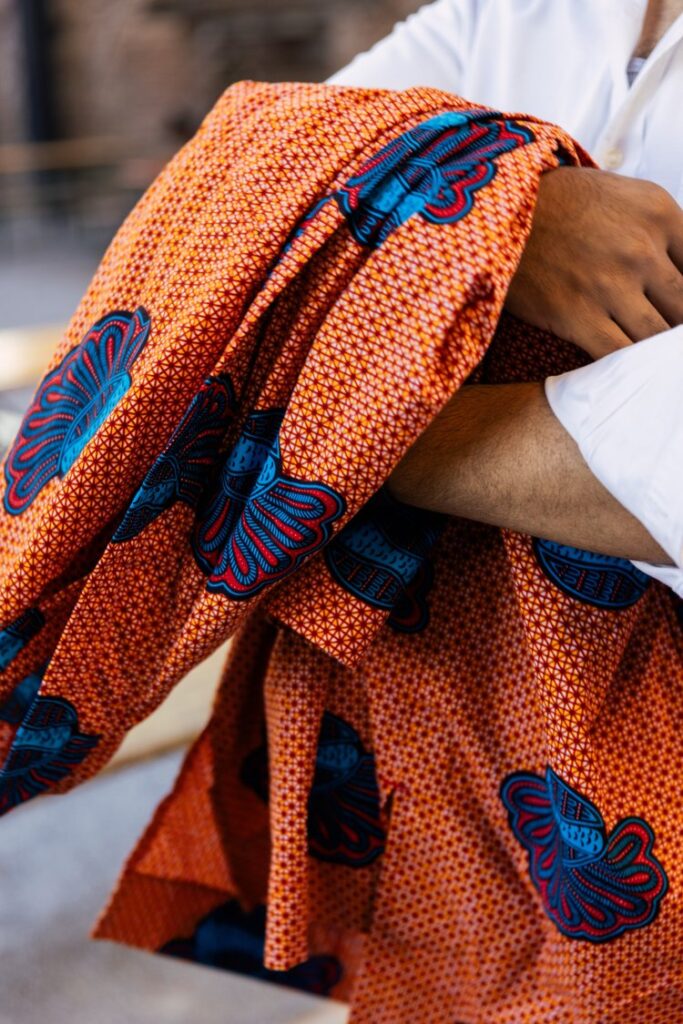
Clearly this was not the first time that Manny had formed friendships over art, design, and fashion appreciation. He recalls meeting Ethan at a Porter Flea some time ago where Oil / Lumber had a booth set up. When other people’s work inspires Manny, he describes it as “love at first sight”. He has a sixth sense for creativity and quality, but his real superpower is making the connection with the makers, as he did with the minds behind New Hat and Oil / Lumber.
Ethan cuts in to share his admiration for Manny in the way he curates his purchases. “I appreciate that while most buyers are a one-and-done, you aren’t reactive. You are the kind of customer who asks questions. How am I going to wear this? You are invested in knowing about us, and that’s a lifelong customer.” When you really try to describe Manny’s curated look, it’s so clear that he chooses each piece carefully upon purchase, but also in how everything is styled. Most people wouldn’t know how to mix and match patterns, but then you see Manny rocking animal print loafers like they were made for him. But wait, let’s talk about things that actually were made for him.
Last year, Manny got a text from his old friend who was visiting family in Ghana. She sent 5 pictures of different types of fabric, and asks Manny if he wants her to bring it back for him. A whole bolt of fabric for $30? Of course he said yes, but you know Manny wasn’t going to wing this. He had no idea what this fabric would be when he got it a few months later, so he started by asking his friend some questions about what she thought would be culturally appropriate considering Manny isn’t Ghanain. After scrolling for inspiration, he spotted a kimono, thinking about the creative mix of cultures that could take shape.
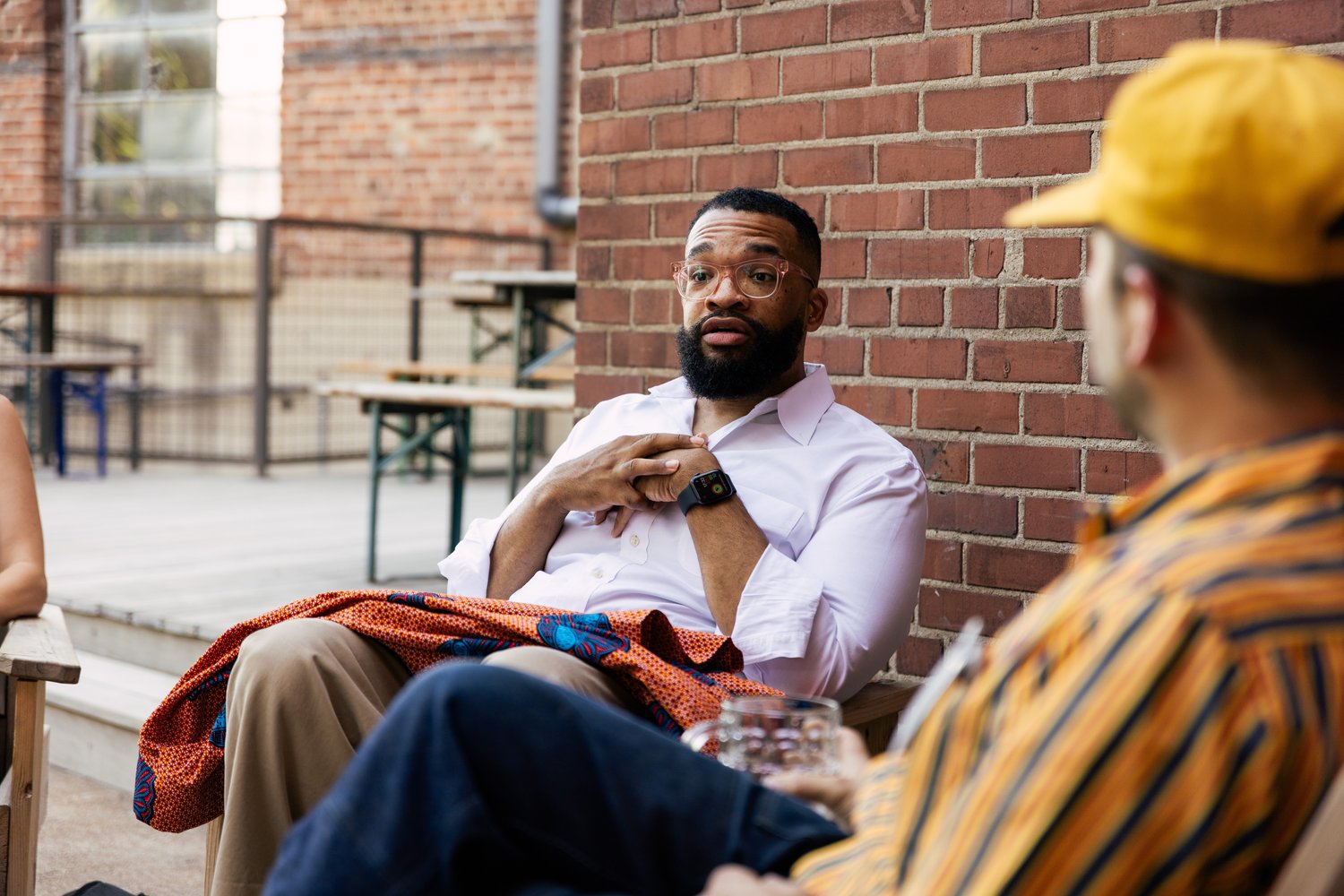
Guess who was making kimono-style jackets at exactly the same time? Oil + Lumber, of course. At this point, it is years after Ethan and Manny not only formed a friendship, but Manny set himself apart as a Oil / Lumber advocate. Manny goes to Ethan and asks if he could create this unique piece for him, unsure of how he might react, unsure if it was even possible with the material. Ethan would not just do this for anyone. He told Manny he would do it just for him, but it would take some time since Oil / Lumber didn’t necessarily have the capacity to take on custom orders in addition to focusing on their own line. When both admiration and friendship exist in the same relationship, you create the special sauce for collaboration.
Four months later, once the kimono was constructed, it was clear that it could not be kept a secret. Oil / Lumber have a studio space right across the hall from New Hat, so when Manny went to go pick up the kimono, he squealed, then immediately went across the hall to show Kelly and Elizabeth. The momentum shift was palpable. Elizabeth immediately says, “Let’s shoot it.” In response to their proposal to contribute other patterned fabrics and textiles among other brainstorming, Manny says, “Sure, let’s go all out. Let’s do everything we can to make this happen.”
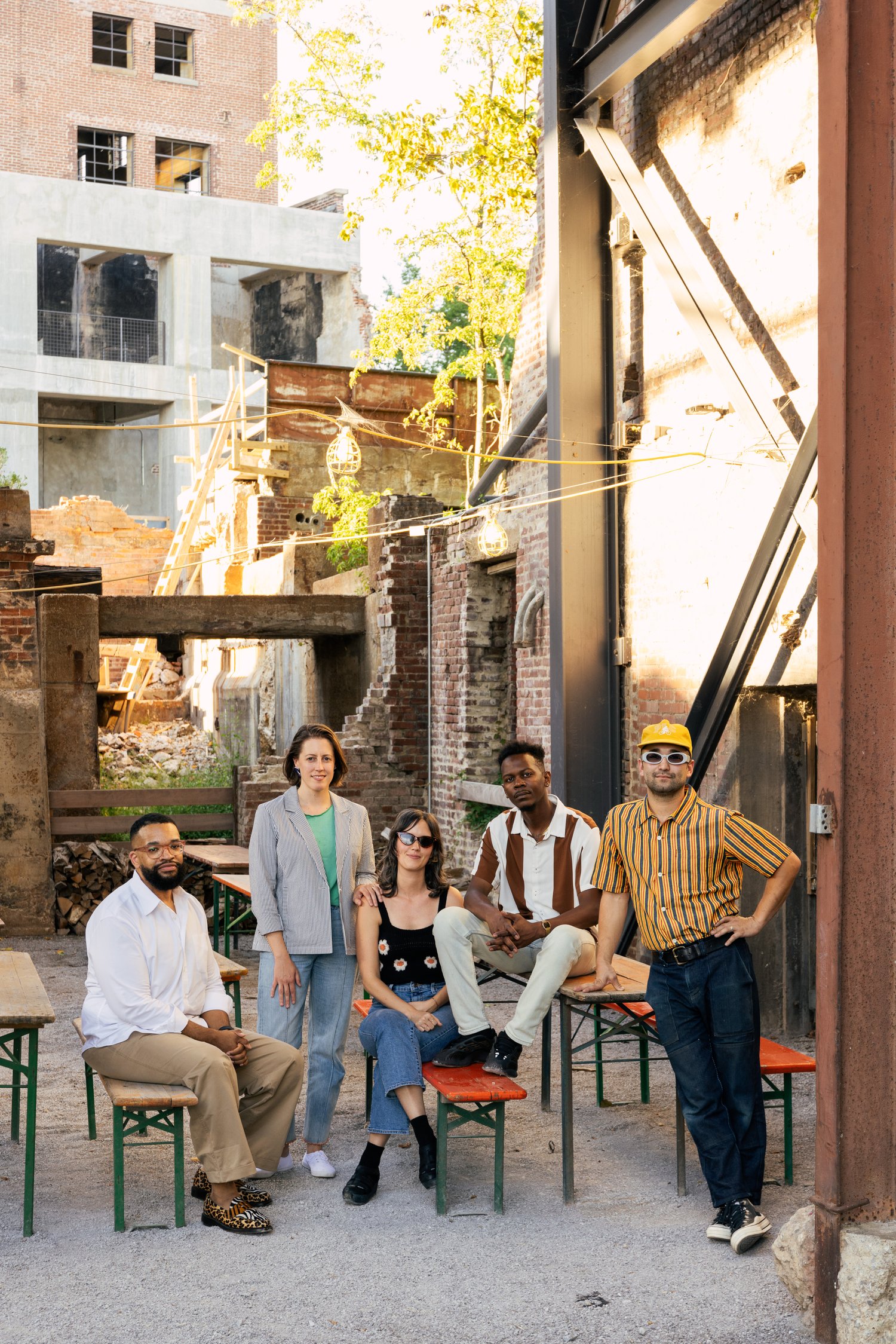
Elizabeth pauses the story, reflecting, “You don’t get to do things for no reason, you don’t get to make things just because you want to. Since we’ve all been in the game for a little while, we could be like, let’s just make it because we want to make it. That’s what made this so special.”
Flashing back to the collaboration in progress, the team began considering the perfect photographer who could elevate the vision into an art. Elizabeth and Kelly finally suggested LeXander, and Manny’s first thought was, “He’s doing a show at the Frist, I mean, can we even get this guy?”
Thankfully for all of us, he agreed, and it turns out Manny was not the only one with admiration. LeXander remembers running into Manny fairly recently. All he says is, “you came in and you had the clutch…,” and everyone in the circle bursts into laughter at his expression, “it’s not even my style, but man, you get it off, why did you even bring that out?” Manny simply responds, “Because you have to. Why not?”
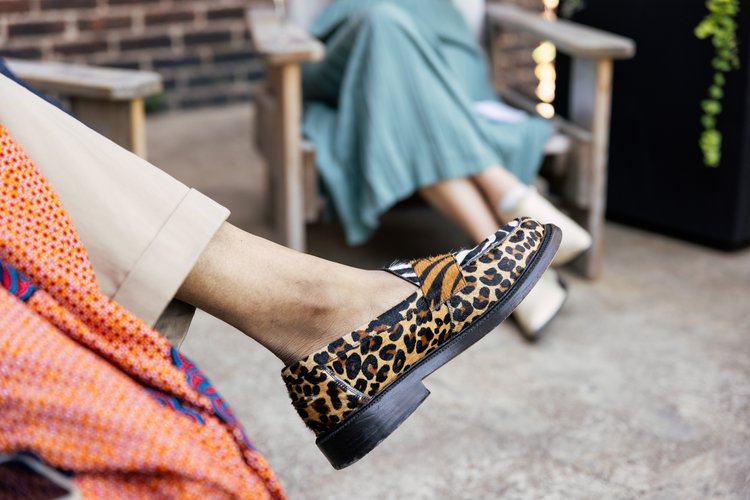
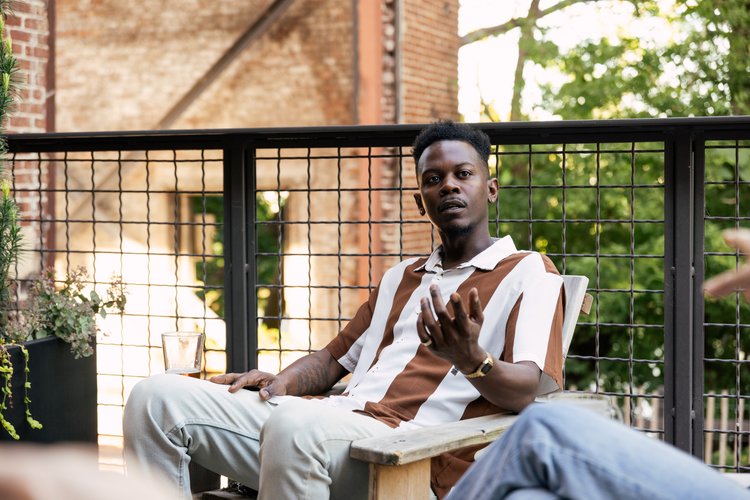
Knowing LeXander’s perspective of Manny played a lot into how he decided to set the scene for the final shoot. LeXander shares, “Most of my work, it’s a slower pace, I feel like it makes you want to slow down and think, but Manny, you can feel his energy and his passion is more like New York, you know, where it’s busy, it’s chaotic.” Ultimately, Manny was going to be modeling this kimono, so his energy had to be the inspiration.
Even though this mood was outside LeXander’s style, there was a great deal of trust as the collaboration started to take its full shape. He shares how much fun he had in the process, “It’s rare that collaborations are fun. Sometimes they’re just necessary, but this was one of those ones where everyone has some skin in the game, we all working, but it’s fun.” LeXander knew that the team trusted him to find the right place for the shoot. He also trusted that the intention behind the photos would cut through any complicated background, so when he was on his scout and saw the chaos of construction on 2nd Ave, he just knew. His immediate thought was that it doesn’t feel like it’s in Nashville.
“It’s rare that collaborations are fun. Sometimes they’re just necessary, but this was one of those ones where everyone has some skin in the game, we all working, but it’s fun.”
Ethan, who wasn’t involved in the creative process of the shoot, actually remembers seeing the photos after they came out and wondering if they went to another city to do the shoot. Urban feeling shoots may be really hard to do in Nashville, but the cool, chaotic spots are cropping up more and more as construction takes over. They won’t last forever when the new shiny thing replaces it, so really it emphasizes that this is simply a moment in time.
Elizabeth reflects that on the day of the shoot, they were just following LeXander in his car, thinking, “Oh God, we’re right by the bombing site, but it so magically came together because we just so easily trusted each other. It was so conceptually and strangely rich.”
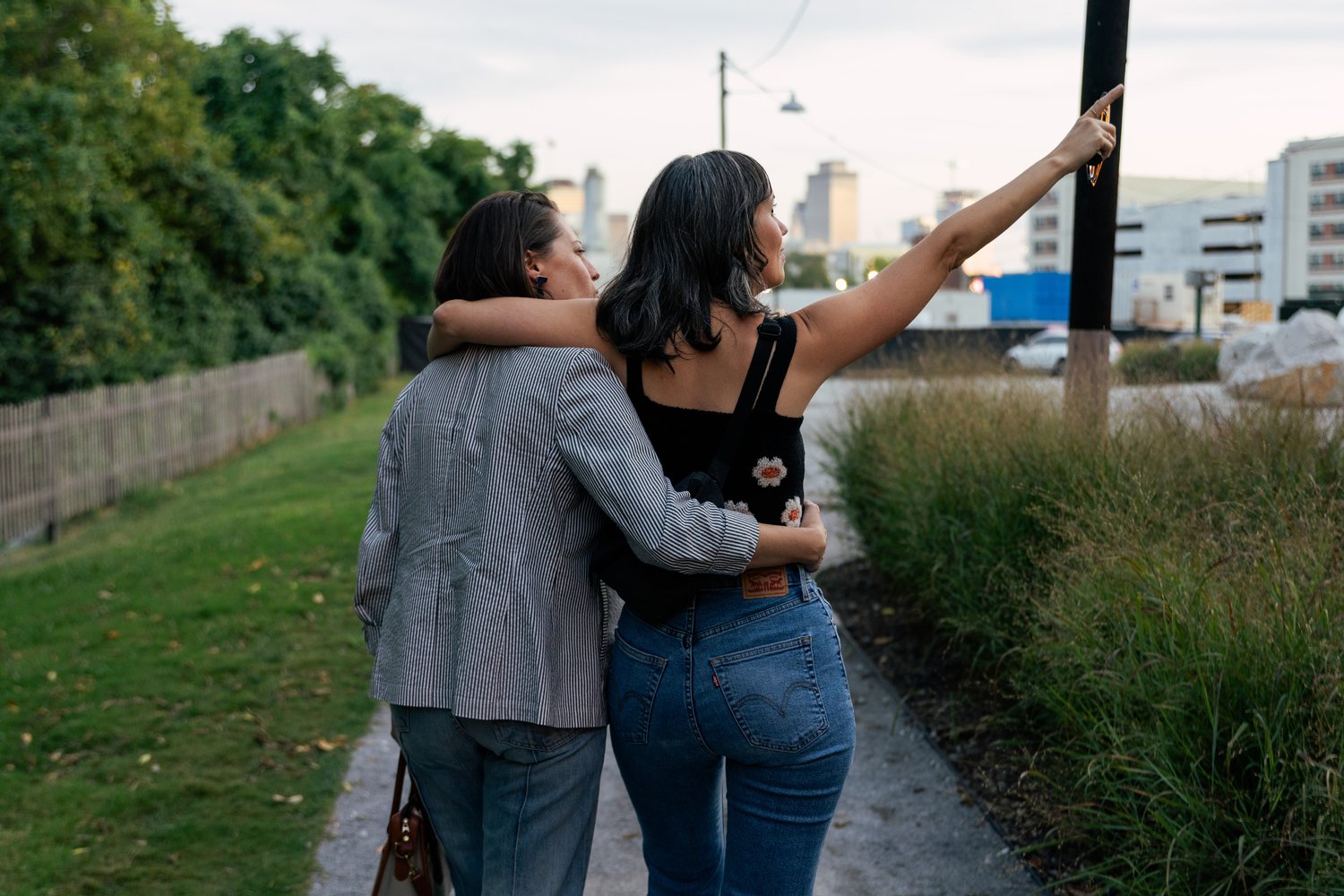
So concludes the mystery behind that rich photoshoot, years in the making, but full of happenstance. I asked the group, “how does this collaboration represent ‘what’s new’”? Kelly put it so beautifully, saying, “New ideas happen with experimentation. When you are in the capitalism grind you don’t have the luxury of experimenting, so it’s kind of nice to all meet at the same place and have the freedom to collaborate.”
While the Fabulous Five didn’t all meet directly because of Nashville Design Week, it has brought each of them together one time or another, and this is the kind of community we want to see cultivated year after year. LeXander concludes, “Sometimes, you work with people and the work is good, but you don’t really care to stay in touch with them, but I feel like this is one of those projects where this won’t be the last time you see us together.”
